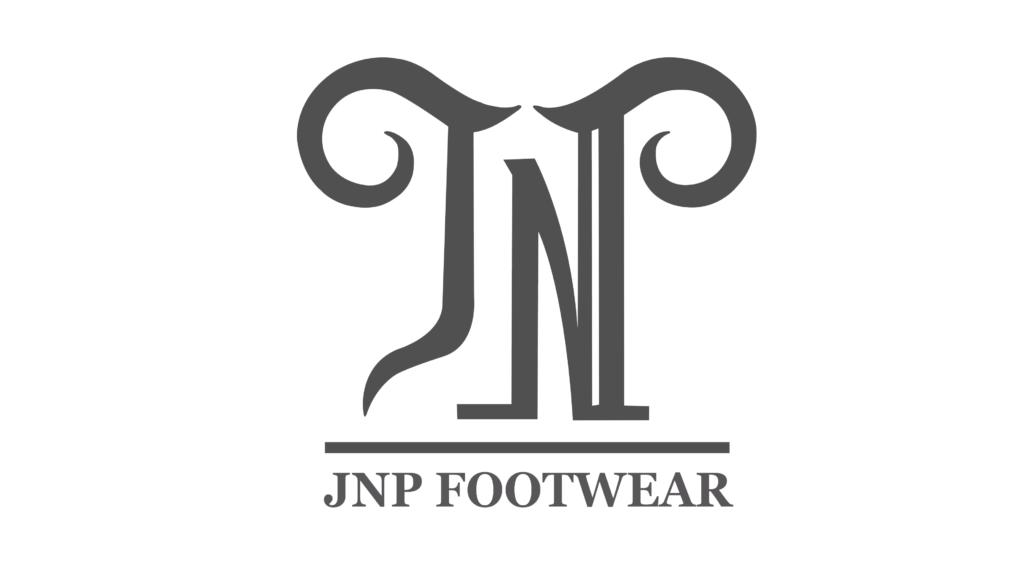Surviving a 245% Tariff as a Small U.S. Brand
Tariffs are rising. Costs are ballooning. For small U.S. brands importing from China, surviving a 245% tariff1 isn’t just hard—it feels impossible. But there are still smart ways to adapt.
To survive a 145% tariff, small U.S. businesses importing from China must renegotiate supplier terms, shift product strategies, explore partial reshoring, and adopt flexible pricing to maintain profit margins and customer trust.
When I first saw the new tariff rate, my heart sank. But after working with U.S. clients for over a decade, I realized panic wouldn’t help—only smart planning would.
What does a 245% tariff really mean for your bottom line?
This tariff rate feels extreme—but what does it actually look like in numbers?
A 245% tariff1 means a product that used to cost $10 at the port may now cost over $34 after duties, more than doubling the landed price2 for small businesses.
To break it down simply:
| Cost Item | Before Tariff | After 245% Tariff |
|---|---|---|
| Factory Price | $6.00 | $6.00 |
| Shipping + Handling | $4.00 | $4.00 |
| Import Tariff (245%) | $0.00 | $24.50 |
| Total Landed Cost | $10.00 | $34.50 |
That huge jump in cost doesn't just eat profit—it could wipe it out entirely unless you adapt quickly.
Can I renegotiate prices or terms with suppliers in China?
It’s easy to think there’s no flexibility—but long-term partnerships can be surprisingly adaptable.
Yes, Chinese suppliers often renegotiate pricing, payment terms, or even materials if they value the relationship and understand your tariff challenges.
Here’s what’s worked for some of my clients:
💬 Negotiation Levers
| Tactic | Description |
|---|---|
| Switching Materials | Using cost-effective or local alternatives |
| Adjusting Packaging | Reducing bulky or expensive packaging |
| Change to DDP price terms3 | We have some shipping methods provided for small business offset of tariff cost |
| Partial shipment | In this way to ease cash flow |
Many of my long-term clients, like Amelie and Andy, have used these methods to manage cost spikes.
Should I change what I import or how I design products?
In times like these, not every product makes sense to import.
Yes. Focusing on lightweight, low-duty, or high-margin products helps offset tariff losses. Custom and seasonal items with brand value are often more tariff-resilient4.
A few product strategy shifts that helped my clients:
✅ Smart Product Strategies
| Strategy | Example from Clients |
|---|---|
| High Perceived Value | Furry slippers with custom logos5 (Client B) |
| Seasonal Limited Editions | Trend drops that justify premium pricing |
| Lighter Weight Options | Lower freight and duty charges |
| More Accessories, Fewer SKUs | Fashionable small goods like ear warmers |
| Local-Material Swaps | Using regional wool instead of imported |
Amelie reduced shoe imports and focused on high-end small accessories. That kept brand value high while tariff exposure stayed low.
How can I adjust my pricing without losing customers?
Tariffs force price hikes. But smart communication and strategy can protect your brand.
You can adjust pricing by increasing perceived value, offering bundles, and clearly communicating reasons for price changes to build customer understanding.
💡 Price Strategy Shifts
| Technique | Description |
|---|---|
| Tiered Pricing | “Basic” vs “Premium” options for each product line |
| Bundles | Pairing slippers with accessories or care kits |
| Loyalty Discounts6 | Reward returning customers instead of blanket sales |
| Clear Messaging | “Due to rising import costs, we’ve adjusted pricing” |
| Value-Add Services | Include faster shipping |
One client updated product pages with a message about tariff impact. Customers appreciated honesty—and kept buying.
Conclusion
To survive a 145% tariff, think strategically: renegotiate, redesign, diversify, and reprice with clarity and flexibility.
Footnotes
-
A 245% tariff means a 1.45x duty rate is applied to the product's customs value, dramatically increasing total costs. ↩ ↩
-
Landed price includes the full cost of a product once it reaches its destination, including manufacturing, shipping, and duties. ↩
-
DDP (Delivered Duty Paid) is an Incoterm where the seller assumes responsibility for all costs until the goods reach the buyer. ↩
-
Tariff-resilient products are those with high margins, low weight, or low duty classification that lessen tariff impacts. ↩
-
Custom logo slippers allow brands to differentiate themselves and charge premium prices despite import challenges. ↩
-
Loyalty discounts reward repeat customers and maintain retention even when prices rise due to tariffs. ↩

